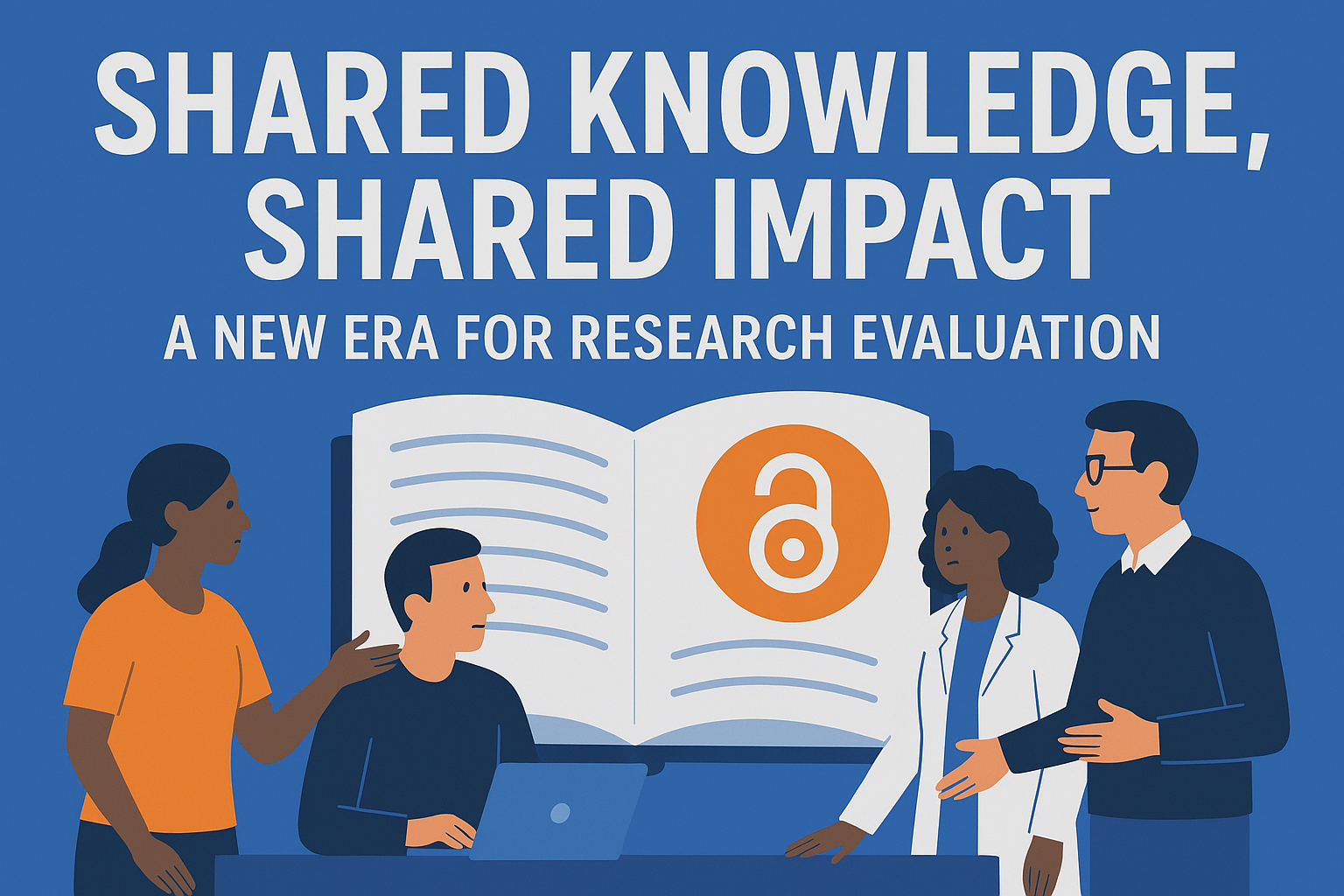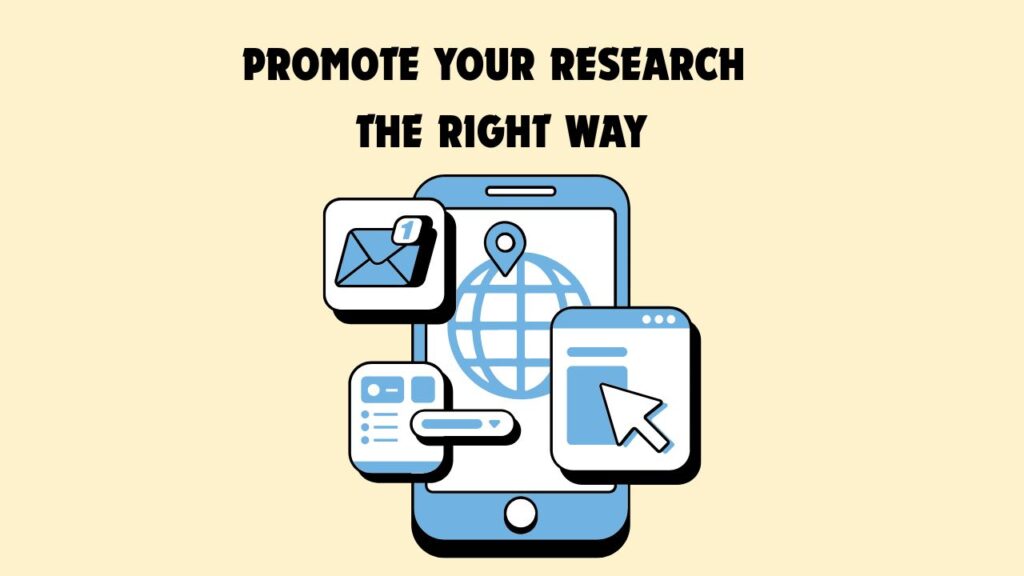How to align your research with SDGs to showcase societal impact

As a researcher, you probably know how important it is to showcase the societal impact of your research, not only to demonstrate the value and relevance of your work, but also so that you can attract more funding, recognition, and support from various stakeholders. But how can you convincingly communicate the impact of your research? One way is to use the United Nations Sustainable Development Goals (SDGs) to orient your efforts.
The SDGs and why they matter to researchers
The SDGs, a set of 17 global goals adopted by the United Nations in 2015, seek to address the most pressing challenges facing humanity and the planet1. They cover a wide range of topics, such as poverty, health, education, climate change, peace, and justice. They are intended to guide the actions of governments, businesses, civil society, and of course, individuals until 20302.
As a researcher, you have the unique privilege of being able to guide the trajectory of sustainable development. The SDGs and discourse around them have been guided by decades of input from researchers like you3. We all worry about the state of the world from time to time; however, as a researcher you can turn those concerns into active steps to overcome the issues that we all face. After all, this is the Decade of Action4, and all useful action begins with understanding the problems that we face. Despite this, many stakeholders, particularly in the Global North, haven’t aligned their research strategy with the SDGs. This may be having a negative effect on our ability to reach our goals for 20305.
The benefits of aligning your research with SDGs
What are the advantages of aligning your research with SDGs? First, this can help you identify and articulate the broader context and significance of your research topic. By linking your research to one or more SDGs, you can show how your work contributes to solving a global problem or advancing a global aspiration. Second, it can help you find and access relevant literature and data sources related to your research. Some journals, databases, and platforms have adopted the SDG framework to classify and organize their content. SDG keywords or indicators are already used to help researchers retrieve the most relevant information for SDGs6. Third, it can help you communicate your research to a wider and more diverse audience. The SDGs are widely recognized and understood by various stakeholders, such as policymakers, practitioners, media, and the public. Using the SDG language and symbols, you can make your research more accessible and comprehensible to those who are interested in or affected by your research.
Using SDGs as a framework for research impact
You’ve heard why the SDGs are useful for research, but how can you use the SDGs as a framework to align your research objectives and improve impact? Here are some steps you can take at different stages of your research process:
Conceptualization
When planning or designing your research project, the SDGs can be a source of inspiration and guidance. You can review the SDG goals, targets, and indicators to see which ones are relevant to your research area to help your formulate a research question. You can also consult the existing literature and data on the SDGs to see what gaps or challenges exist in your field of interest. Based on this preliminary study, you can then formulate your research objectives and hypotheses in relation to the SDG(s) you have identified.
Publication
Like you, journals and other publications share the same concerns regarding sustainable development and maximizing research impact. Thus, when writing or submitting your research paper to a journal, you can use the SDGs as a way to highlight the novelty and importance of your research. The SDGs can easily be cited in any sections of a paper to underline the importance and relevance of your research. You can also use the SDG keywords or indicators as part of your keywords or metadata to facilitate discovery6.
Post-publication communication and outreach
As you know, ensuring research impact doesn’t end with peer review, it also relies on what you do to promote it afterwards. When you are disseminating or promoting your research findings to various audiences, you can use the SDGs to attract attention and engagement. You can use the easily understandable SDG language and symbols7 in your press releases, social media posts, presentations, or posters to help you reach other researchers and stakeholders who are working on similar issues. You can also use stories or case studies to illustrate or contextualize the impact of your research 8.
Developing relevant impact performance metrics
Engagement with the SDGs can even be used to measure and demonstrate your impact. You can use the SDG indicators9 or other relevant metrics to quantify or qualify the outcomes or outputs of your research. While showing the magnitude of your research impact on the SDG indicators would be difficult, if an indicator has quantitatively changed after your research, you can point to your research as one of the contributors to these favorable changes.
Next steps and real-world examples
As you can see, aligning your research with the SDGs can be a powerful and practical way to showcase the societal impact of your research. It can help you connect your research to a larger purpose and audience while also enhancing its quality and visibility. Some major publishers, institutions, and projects have already extensively made use of the SDGs to bring attention to their high-impact research. Here are a couple of very brief examples.
Publishing – Sage
Sage Publishing is a global academic publishing group with a large repertoire of books, journals, and services that cover every scholarly discipline. As a signatory to the SDG Publisher’s Compact10, Sage has actively drawn attention to research that is relevant to the SDGs, including by producing a webpage11 to showcase some highlights in SDG-relevant research and journals that most directly address these goals.
Institution – Western Sydney University
Western Sydney University (WSU) has made a point of highlighting the SDGs in research, and this has paid off very well for them. For two years in a row, WSU has been recognized as the world’s leading institution in advancing the SDGs12. This is no doubt both due to their strong emphasis of the SDGs in academic activities and their excellent planning13 and reporting on their sustainable development initiatives.
Conclusion
If you are interested in learning more about how to align your research with the SDGs, STM’s SDG Roadmap14 is an excellent place to begin your reading. We hope this blog post has inspired you to think about the SDGs and how they can help you maximize societal impact. If you have any questions or comments, please feel free to share them with us. We would love to hear from you!
References
1. THE 17 GOALS | Sustainable Development. https://sdgs.un.org/goals.
2. Transforming our world: the 2030 Agenda for Sustainable Development | Department of Economic and Social Affairs. https://sdgs.un.org/2030agenda.
3. Malekpour, S. et al. What scientists need to do to accelerate progress on the SDGs. Nature 621, 250–254 (2023).
4. Decade of Action – United Nations Sustainable Development. https://www.un.org/sustainabledevelopment/decade-of-action/.
5. Rich countries must align science funding with the SDGs. Nature 621, 444–444 (2023).
6. The University of Auckland SDG Keywords Mapping. https://www.sdgmapping.auckland.ac.nz/.
7. Martin. Communications materials. United Nations Sustainable Development https://www.un.org/sustainabledevelopment/news/communications-material/.
8. Communicating SDG research through the power of stories | For Librarians | Springer Nature. https://www.springernature.com/gp/librarians/the-link/blog/blogposts-news-initiatives/communicating-sdg-research-through-the-power-of-stories/24003836.
9. SDG Indicators — SDG Indicators. https://unstats.un.org/sdgs/indicators/indicators-list/.
10. Martin. SDG Publishers Compact. United Nations Sustainable Development https://www.un.org/sustainabledevelopment/sdg-publishers-compact/.
11. Research & ideas aligned to the UN Sustainable Development Goals. Sage Journals https://journals.sagepub.com/sustainability (2022).
12. Impact Ranking. Times Higher Education (THE) https://www.timeshighereducation.com/impactrankings (2023).
13. Our Decadal Strategy | Western Sydney University. https://www.westernsydney.edu.au/driving_sustainability/sustainability_education/engagement/sr_decadal_strategy.
14. What Academic Publishers Need to Know About STM’s SDG Roadmap: A Handy Infographic. Impact Science https://www.impact.science/blog/what-academic-publishers-need-to-know-about-stms-sdg-roadmap-a-handy-infographic/ (2023).






